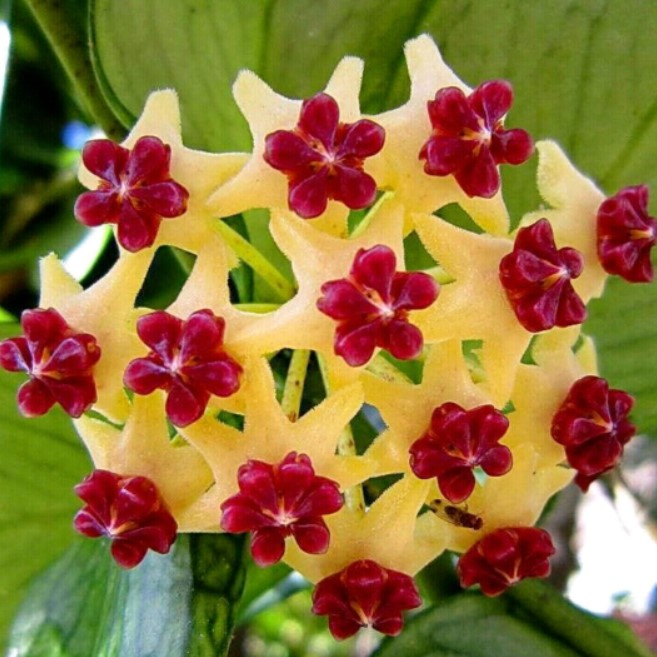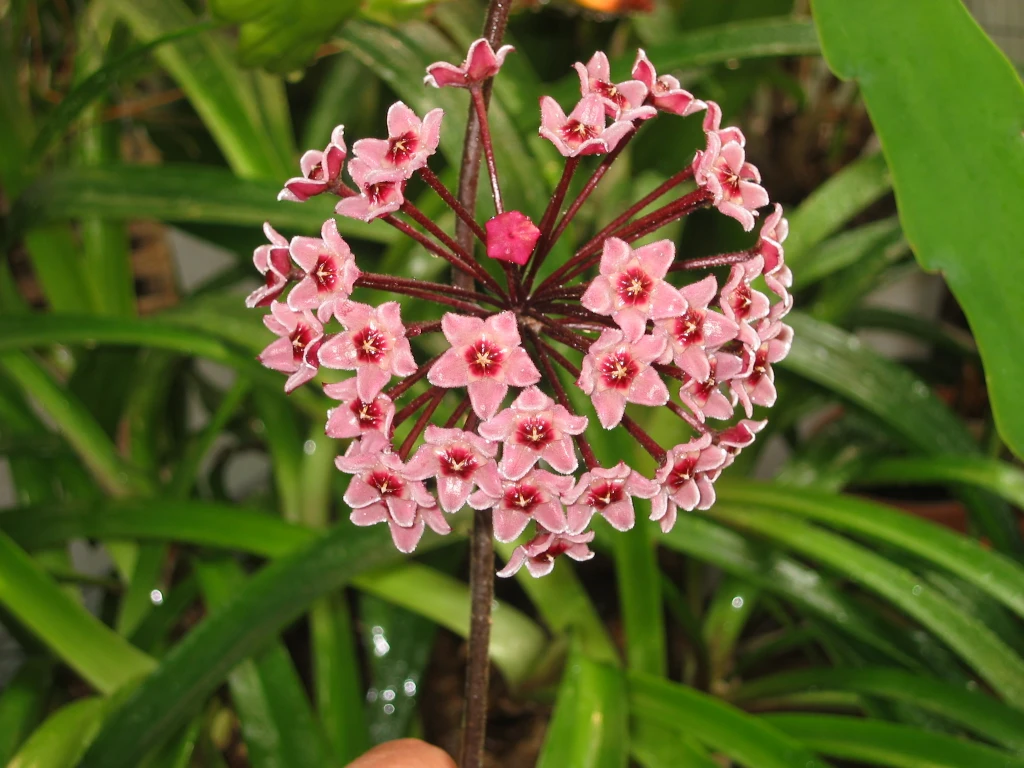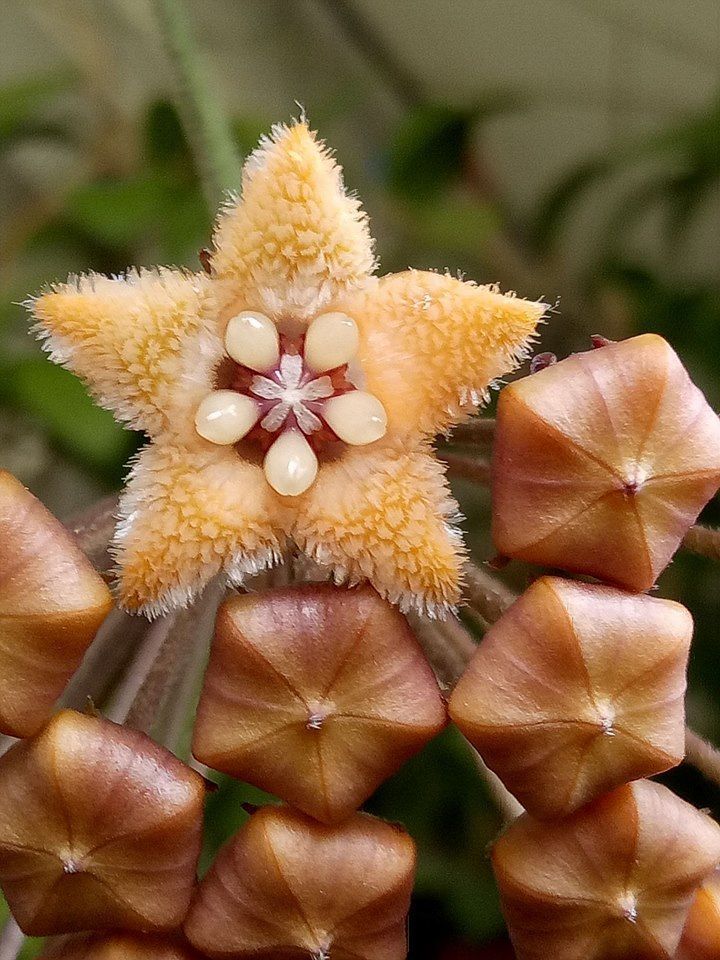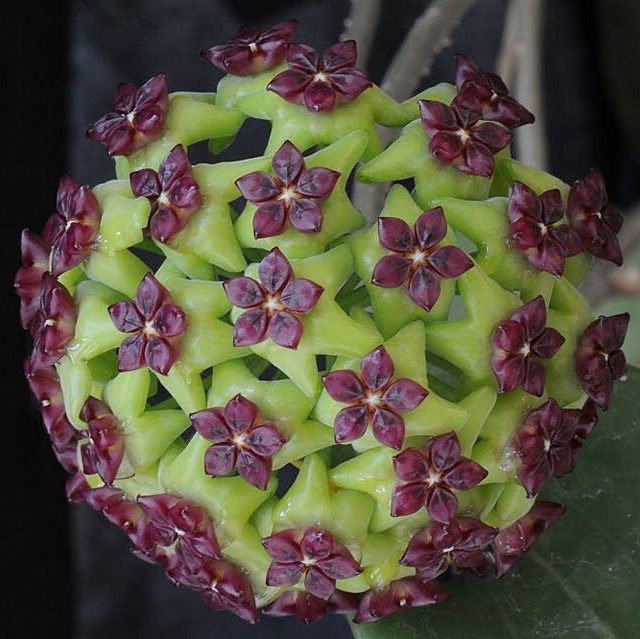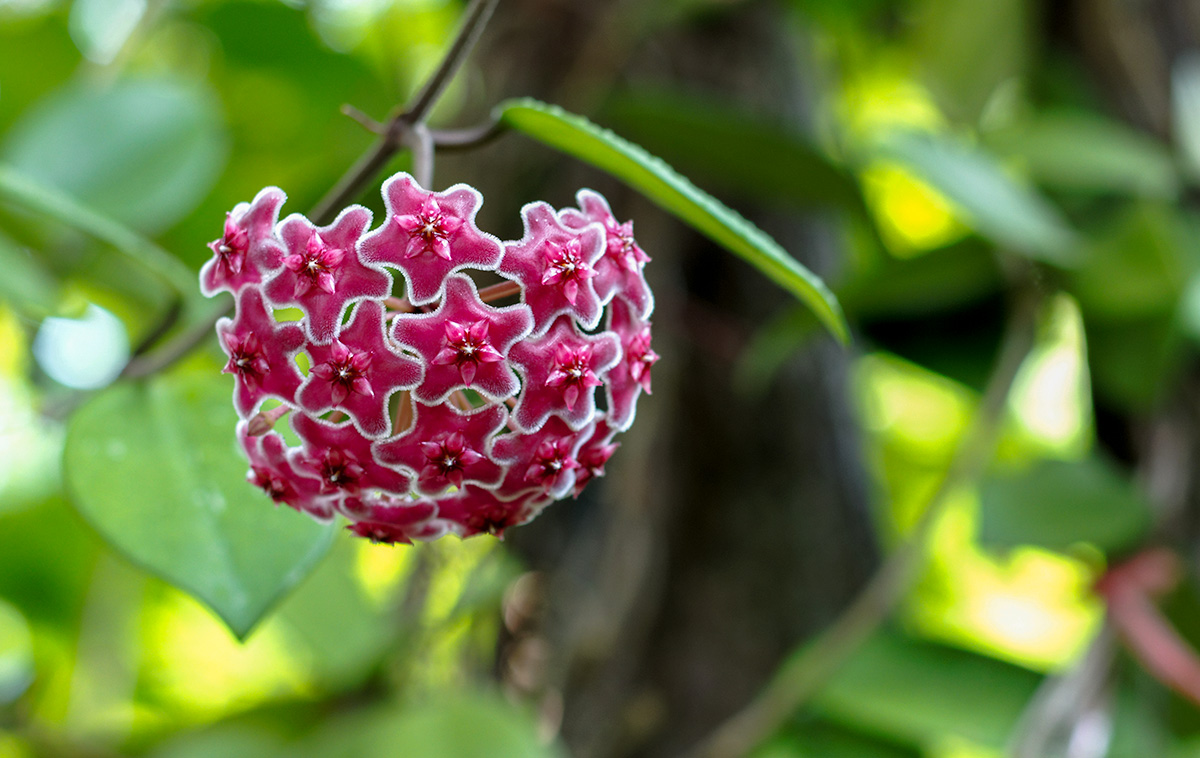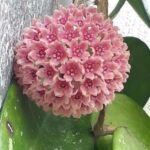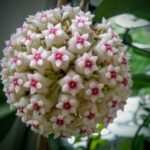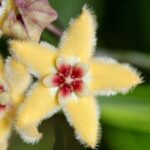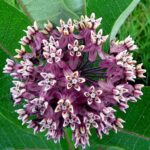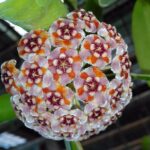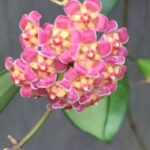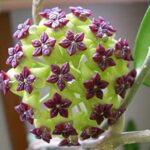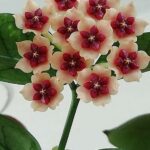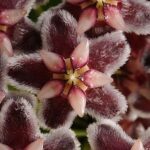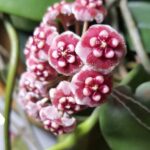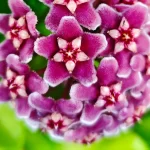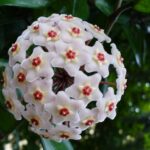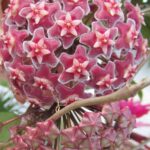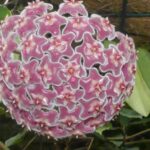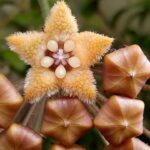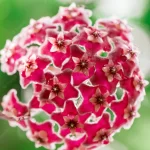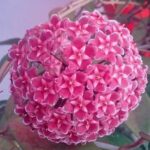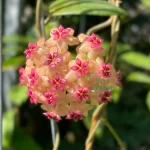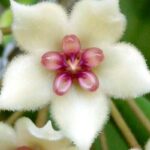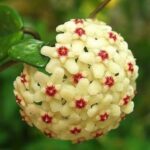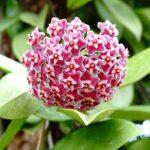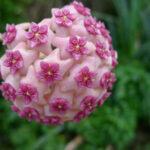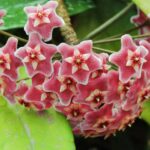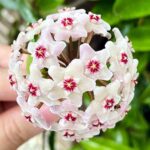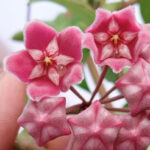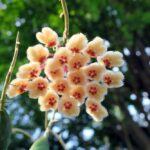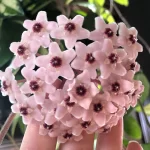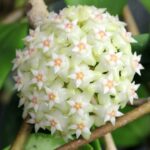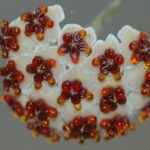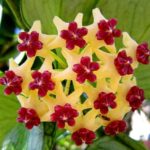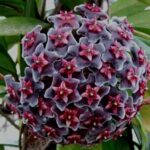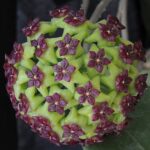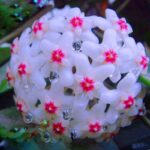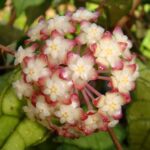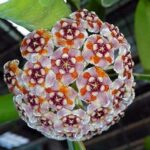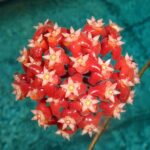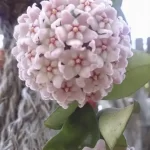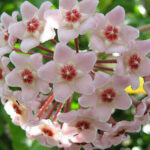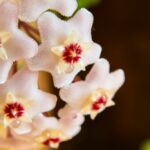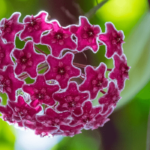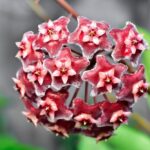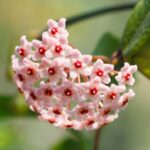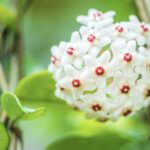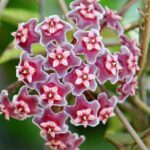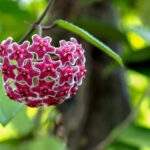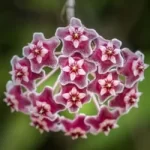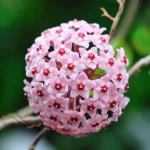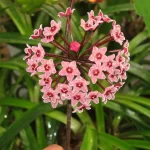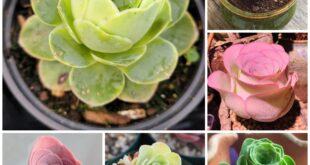The Hoya plant is an excellent option if you are looking for a low-maintenance, low-maintenance houseplant. Because of its waxy leaves, the hoya is also called wax plant.
It’s a fast-growing vine that you can train to climb or grow over the edge of a pot. Hoyas are native to tropical climates and prefer humid conditions, making them perfect for bathroom or kitchen window sills. Here’s everything you need to know about caring for a Hoya plant.
What is a hoya plant?
Hoya plants are native to Asia and were introduced to the western world by Scottish botanist Robert Brown. The plant was named after Thomas Hoy, an 18th-century botanist who studied plants extensively.
Hoya plants are characterized by their deep green vine leaves and fragrant, light pink and scarlet star-shaped flowers. One of the most impressive things about Hoya plants is their longevity.
If you know how to care for a hoya plant, it will thrive for decades, making it an excellent addition to any home or garden. If you are looking for a plant that will add beauty and longevity to your space, consider investing in a Hoya plant.
sunlight
Hoya plants thrive in indirect light that is relatively bright. Some plants need about two hours of morning or evening sunlight to grow, but too much sun will burn or discolor their leaves.
humidity
Hoya plants prefer high humidity, ideally at least 60%. Although they will tolerate lower humidity levels, you may find that their growth has been stunted or that they are producing fewer buds.
Water
Water your Hoya once every 14 days during spring and summer. First, it’s important to make sure the soil is dry before watering your plant. Then let your Hoya dry before watering again to ensure it is healthy.
Floor
Most Hoyas do well in typical potting soil, as long as it is well-draining and has good air circulation. Too dense or too wet a mixture can cause the plant to rot. So it’s important to make sure the potting soil you use is balanced.
You can also add some perlite or grit to improve drainage. When growing hoyas in containers, it’s important to repot them every three years to refresh the soil and ensure the roots have adequate room to grow.
When transplanting, be sure to use a pot that is only slightly larger than the one the plant is currently in.
temperature
Although the Hoya tolerates a wide range of temperatures, it prefers temperatures between 20 and 25 degrees Celsius. When the temperature drops below 20 degrees Celsius, the plant goes into dormancy and does not bloom.
Above 75 degrees, Hoya leaves begin to yellow and may fall off. Therefore, it is important to keep the temperature within this ideal range to maintain healthy growth.
Light
Wax plants do best in light intensities of 1500-2000 foot candles. That means you should put them in a bright spot that gets indirect sunlight throughout the day.
If the light intensity is too low, the leaves will begin to turn brown and the plant will wither. On the other hand, if the light is too intense, the leaves will burn and the plant will stop flowering.
Common problems with Hoya plants
When growing Hoyas, problems such as dying stems, falling leaves, and blackening of leaves are common. These problems can be caused by poorly drained or waterlogged compost, or by being too cool in winter.
Wilting and death of above-ground growth can be caused by overwatering or over-fertilization, which prevents the roots from taking up water due to the high salinity in the soil.
Compost that is either too wet or improperly drained can cause root rot. Once you spot a problem, you can take cuttings to save the plant. Lack of flowering can be due to insufficient lighting.
 TopsDecor.com Home Decor Ideas
TopsDecor.com Home Decor Ideas


